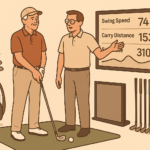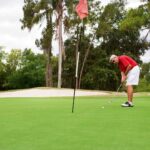Join Our Senior Golfers Newsletter!
Sign up today and receive your free Golf After 60 Bonus Stretch Guide!
Practicing at the golf driving range can be an effective way to improve your golf game. Whether you’re a beginner looking to develop your skills or an experienced golfer aiming for consistency, the driving range offers a controlled environment where you can focus on specific aspects of your swing. In this post, we’ll explore the benefits of practicing at the driving range, offer tips for maximizing your sessions, and discuss how to make the most of your time there.
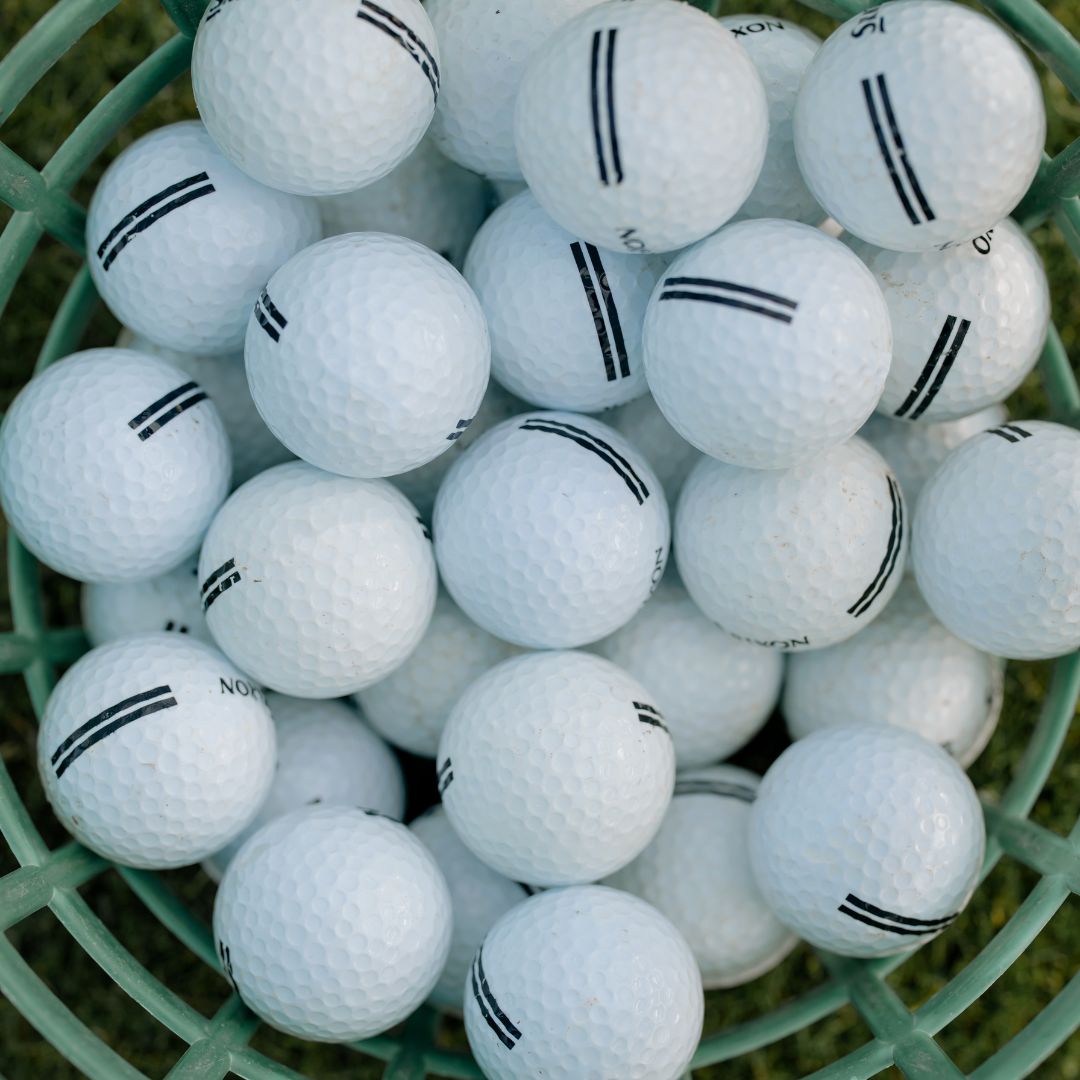
Driving Range: Practice with an Effective Way to Improve
First and foremost, the driving range provides a dedicated space for honing your golf skills. Unlike a golf course, where you might be limited by course etiquette and the pressure of playing with others, the driving range allows you to concentrate solely on your swing mechanics. This focused practice can help ingrained good habits and improve consistency, setting a solid foundation for better performance on the course.
One of the key advantages of practicing at the driving range is the opportunity to work on your distance and accuracy. Many ranges provide markers at various distances, allowing you to target specific yardages and dial in your approach shots. By repeatedly hitting balls at those distances, you can develop a sense of the swing required to achieve your desired results. It’s recommended to start with shorter clubs and progress to longer ones as you warm up, giving yourself time to find a rhythm.

To make the most of your time at the driving range, it’s crucial to practice with a purpose. Set specific goals for each session and structure your practice accordingly. For example, if you want to improve your driver distance, allocate a portion of your practice time to hitting driver shots. If you’re struggling with your approach shots, focus on hitting different clubs to hone your distance control. Having a plan will keep you focused and ensure that you’re working towards improvement.
Another benefit of the driving range is the chance to experiment and refine your swing technique. In a controlled environment, you can focus on specific aspects of your swing, such as grip, stance, posture, and alignment. Working on these fundamentals can lead to more consistent and accurate shots. Additionally, the range is an excellent place to practice different shot shapes, such as fades and draws, as well as experimenting with ball flight trajectory.
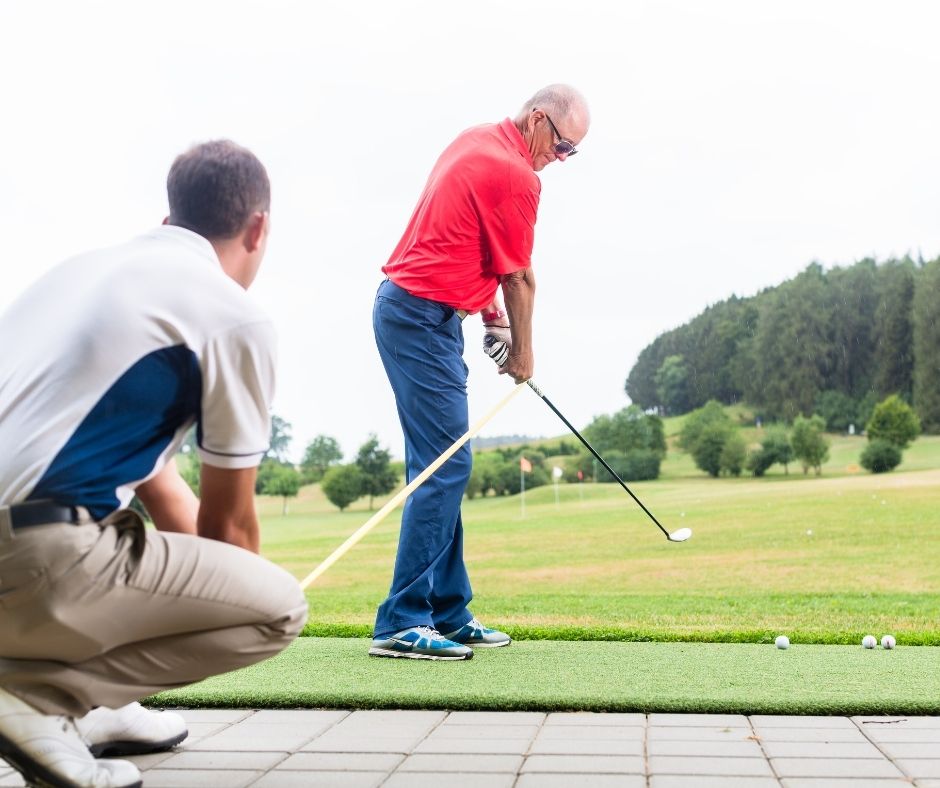
It’s also vital to practice with proper technique. If you’re unsure about your swing mechanics, consider taking a lesson from a golf professional who can provide guidance and help correct any flaws. Even if you’re an experienced golfer, periodic check-ins with a pro can help identify areas for improvement and provide valuable feedback to refine your technique. Practicing with proper form will help prevent bad habits from forming and lead to more consistent results.
While practicing at the driving range is beneficial, it’s important to strike a balance with on-course play. The range should complement your on-course experience, not replace it entirely. Transferring your skills from the range to the course requires adaptability, so be sure to incorporate regular rounds of golf into your practice routine.
Lastly, make your practice sessions enjoyable and mentally engaging. Bring a positive attitude and embrace the process of improvement. Vary your targets and create mini-games to keep things interesting. Challenge yourself to hit specific yardages or simulate pressure situations. Engaging in mindful practice will enhance your focus and make the experience more rewarding.
Here are some tips on how to practice at the golf driving range:
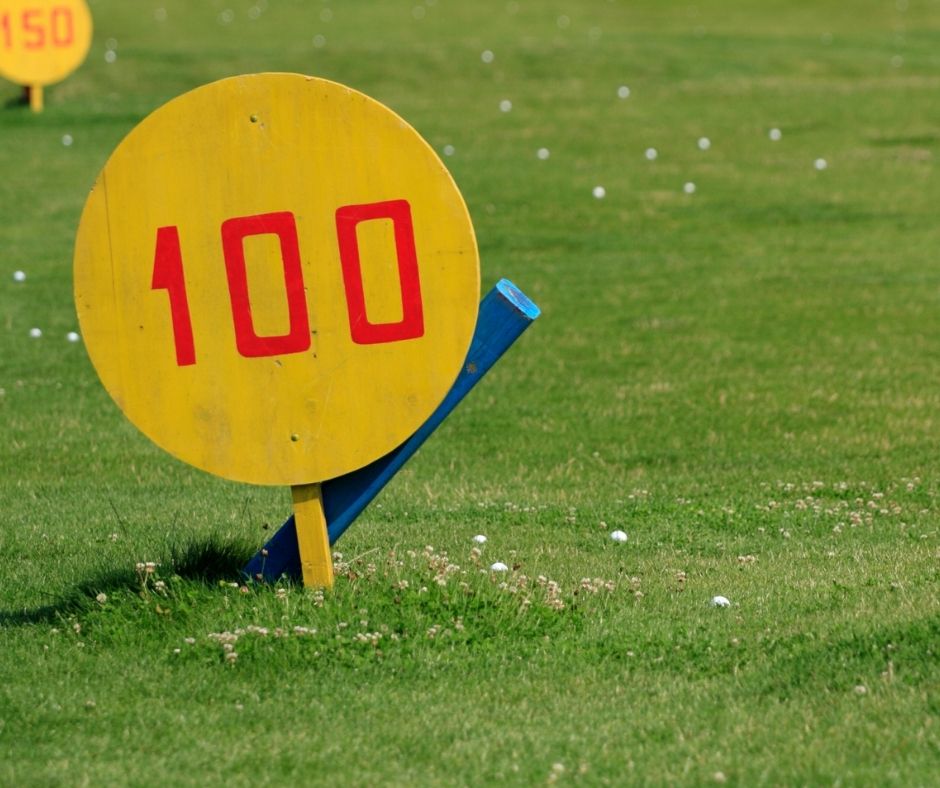
Here are some additional tips:
Here are some specific drills that you can do at the driving range:
These are just a few examples of drills that you can do at the driving range. You can be creative and come up with your own drills as well. The most important thing is to practice with a purpose and to focus on improving your swing mechanics.
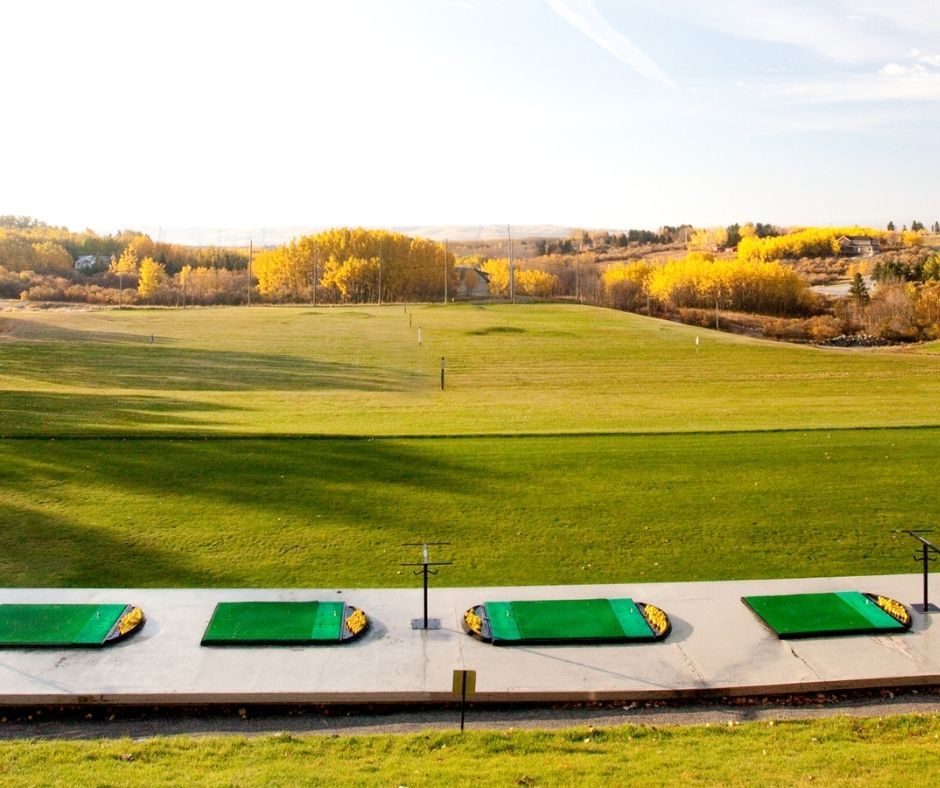
If you are serious about improving your golf game, it may be helpful to take lessons from a qualified golf instructor. An instructor can help you to identify your weaknesses and develop a plan to improve them.
In conclusion, practicing at the golf driving range is a valuable way to improve your golf game. It provides a controlled environment for honing your skills, refining your technique, and improving consistency. By setting goals, practicing with purpose, and utilizing proper technique, you can make significant strides in your golfing ability. Remember to balance range practice with on-course play and make the entire process enjoyable. So, grab your clubs, head to the driving range, and elevate your game one swing at a time.
In order to practice hitting your driver with less power but more reliability you will need to do so at the practice range. While some practice facilities feature hitting areas that are more or less the width of a golf fairway, yours may not.
Use this tip in order to simulate how large – or narrow – your landing area should be.
Position your hands out in front of you and form a fist with your hands, arms extended. Put your two fists next to each other in front of your eyes, essentially blocking the driving range from view. Note where the left fist begins and where the right fist ends.
The area in between is about the same down range as what would be a narrow fairway on a golf course. Take visual cues, be it a tree, a post, etc. and aim from your ball to land within that area.
